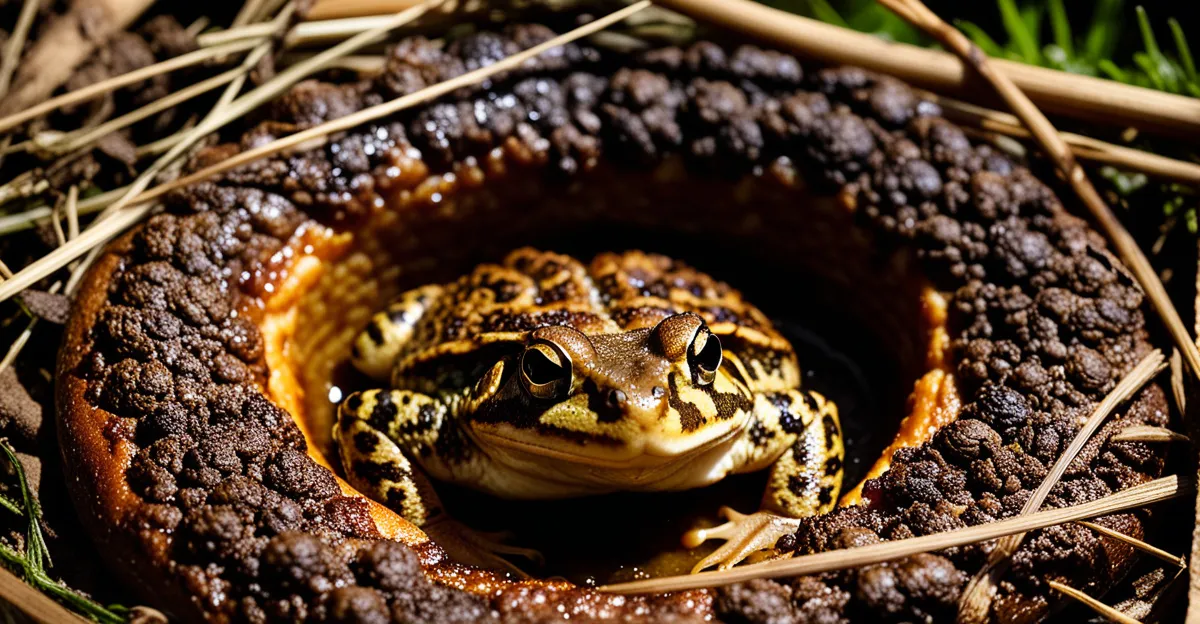Essential ingredients and ideal sausage selection
When crafting an authentic toad in the hole, choosing the best sausages for toad in the hole is crucial. Traditionally, pork sausages provide the right balance of fat and flavour, ensuring the sausages stay juicy during cooking. Alternatives like beef or lamb sausages can work but may alter the dish’s classic taste and texture. Look for sausages with a natural casing, which helps achieve a crisp exterior.
The batter relies heavily on selecting the right flour, milk, and eggs. Using plain (all-purpose) flour guarantees the signature lightness of the Yorkshire pudding-style batter. Full-fat milk lends richness, while fresh eggs contribute both structure and moisture. Together, these combine to create the ideal batter for toad in the hole.
Also to see : How Has the UK’s Approach to Cooking Evolved Over the Years?
To elevate flavour, seasoning the batter lightly is key. Adding a pinch of salt and freshly ground black pepper enhances but does not overpower the sausages. Some cooks include a subtle hint of herbs like thyme or rosemary to add depth without straying from the classic toad in the hole ingredients. This balance of selections ensures the dish tastes traditional and inviting.
Preparing the batter for perfect rise and texture
Achieving the ideal toad in the hole batter prep is essential for an authentic dish. Start by mixing the batter slowly to combine the classic toad in the hole ingredients—plain flour, eggs, and full-fat milk—until it’s smooth but not overworked. Overmixing can develop gluten, resulting in a dense, heavy batter rather than a light, fluffy one.
Topic to read : What Traditional UK Dishes Can You Prepare In Less Than 30 Minutes?
Resting the batter for at least 30 minutes at room temperature improves air incorporation and promotes better oven rise. This pause also allows the flour to absorb the liquid fully, which enhances texture. For optimum results, the batter should be close to room temperature before baking; cold batter may inhibit the rise and leave you with a flat outcome.
Pay attention to the oven and sausage fat temperature too, as a hot base is vital for creating the classic puff and crispiness. These Yorkshire pudding batter tips ensure your batter rises well around the sausages, delivering the traditional airy yet crisp texture that defines an authentic toad in the hole.
Oven setup and baking strategies for even cooking
Achieving a perfectly cooked authentic toad in the hole hinges on mastering toad in the hole oven temperature and baking techniques. Preheating your oven and baking tray until very hot is essential. This step ensures the sausages sizzle immediately upon contact with the hot fat, contributing to the coveted crisp exterior and preventing sogginess.
The ideal oven temperature generally ranges between 200°C to 220°C (390°F to 430°F). Maintaining this heat throughout cooking promotes even rising of the Yorkshire pudding batter while allowing the sausages to cook thoroughly. Baking too cool results in a flat batter, while excessive heat risks burning without full cooking.
Placing sausages directly into hot fat is a traditional cooking method that encourages authentic browning and seals in juices. This technique works hand-in-hand with a hot oven temperature to produce a dish where sausages remain juicy and the batter puffs up perfectly around them. Using these baking tips supports the creation of the signature texture and flavour expected from a classic toad in the hole.
Avoiding common mistakes for the best results
Mastering toad in the hole troubleshooting starts with identifying frequent pitfalls. A flat or soggy batter usually results from cold batter or insufficient oven heat. Ensuring the batter is rested to room temperature and baking in a preheated tray at the correct toad in the hole oven temperature of 200°C to 220°C prevents this. Overcrowding sausages can also trap steam, causing a less crisp texture.
To keep sausages juicy, avoid piercing the casing before cooking. Instead, place them directly into hot fat, sealing in moisture while achieving authentic browning. Common mistakes include undercooking, evident if sausages appear pale or the batter lacks a golden crust. A fully cooked dish boasts puffed, firm batter with sausages browned evenly on all sides.
Finally, resist opening the oven door too early. Early exposure to cooler air collapses batter rise. Following these classic recipe tips ensures reliable results, combining crisp batter with flavorful, tender sausages—a hallmark of an authentic toad in the hole.
Serving suggestions and presentation
Presenting an authentic toad in the hole beautifully enhances the dining experience. Classic sides like mashed potatoes and rich onion gravy perfectly complement the hearty sausages and crisp batter. Including seasonal vegetables such as peas or carrots adds colour and balance to the plate. For a traditional touch, serving with a simple green vegetable like steamed broccoli keeps the focus on the main dish.
When portioning, cut the toad in the hole into squares or rectangles to showcase the puffed, golden batter encasing the juicy sausages. This neat presentation allows guests to easily serve themselves and enjoy a balanced mix of sausage and batter in each bite. To prevent the batter from deflating before serving, slice just before plating.
For informal family meals or casual gatherings, serve directly from the baking tray to encourage sharing. For guests, transfer portions to warmed plates and drizzle with extra onion gravy for a polished look. These toad in the hole serving ideas ensure that both flavour and appearance delight, reinforcing the dish’s status as a comforting British classic.


